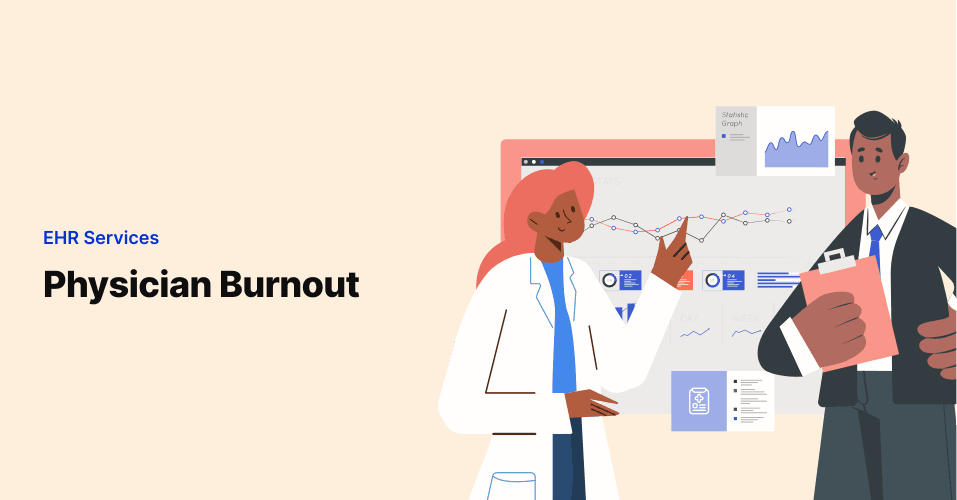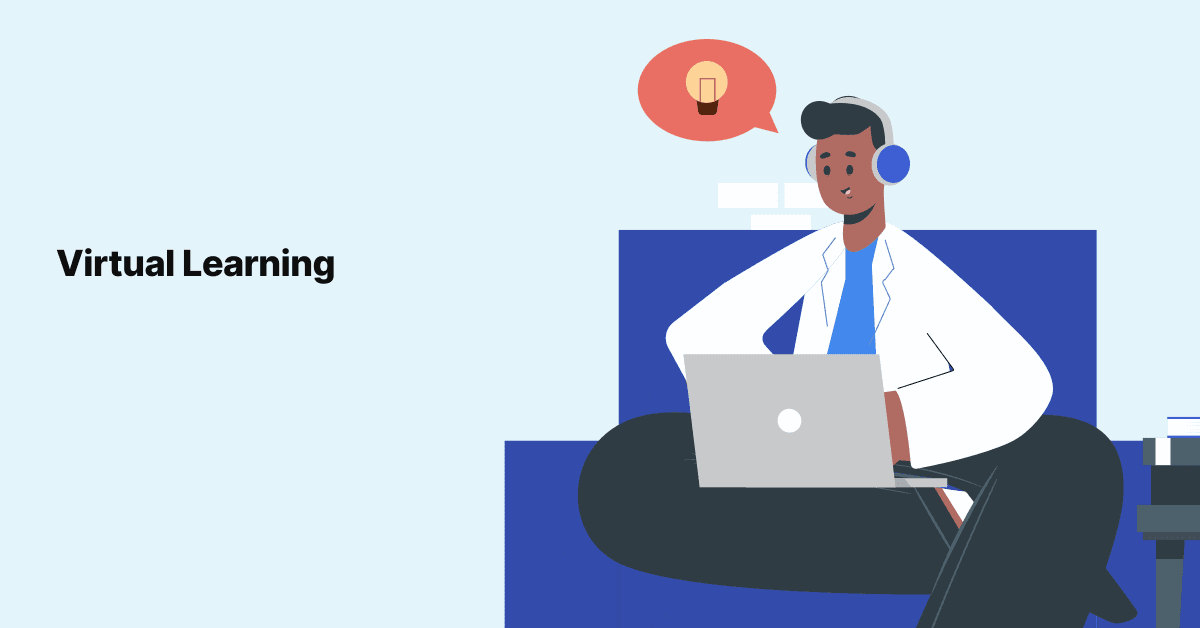
Physician Burnout
Physician burnout has been a concern for decades and with added technologies such as EHRs, physicians are …

Virtual learning. What is it? Who does it? And most importantly, who is successful at it?
These are the questions most organizations and educational institutions are attempting to answer. But, unfortunately, today’s world has thrown a variety of issues and complications into the mix, changing the mindset from “it would be nice if we could” to “we have no choice but to.” This change in direction has many educators and leaders scrambling for a solution.
With Covid forcing massive change in all aspects of our lives, the speed at which training is evolving increases to address the needs. Flipping the script and posting PowerPoint presentations to an organization’s Learning Management System is often called e-learning. However, when the delivery changes and the virtual aspect is not considered, the training is in danger of falling flat, costing the organization more money than ever. Elements often missing from the transition to the virtual environment include:
What most also tend to dismiss is the experience. Experiential learning has a plethora of good benefits, from fine-tuned practical application to higher retention rates. Without the experience factor, process, procedures, and everyday critical actions yield the floor to internal complexity and negatively affect data integrity.
Simply put, virtual learning experiences require a thorough follow-up. One of the first steps to supporting a secure learning experience is to open a dialogue with learners before any learning event. Anyone going through virtual training should have a baseline knowledge of the learning event to have an impactful opening conversation. You can ask learners what they hope to accomplish from the event and how their leaders can help them through any potential challenges or obstacles. It’s essential for people to feel fully supported knowing that their leadership is committed to the new learning journey and will assist when the transition does not necessarily “stick.”
A few years ago, I taught an orientation class where we served as the central hub for the national initiative. People traveled from various areas of the country to attend this blended learning opportunity. One day, during lunch, I overheard one of my students call her manager asking about her experience. This resonated with me so much that I later contacted this manager and asked about her process. She told me about her previous conversation and that she checks in with her staff every day and inquires about their learnings. This seemed to help reinforce the information learned while limiting potential gaps and issues resulting from a blended learning approach.
One of the most critical times to follow up is immediately after the virtual learning event. This sets a foundation for the leader and the employee to have a dialog around the learning experience.
As the learners exit the primary learning experience (virtual or not), it’s easy to leave behind what they have learned. This is more prominent on the virtual side of learning. Often, it is the post-training follow-up that increases learning retention. The post-training follow-up should be a relatively formalized session covering the teaching, with any actions that may have resulted in the experience. It should also cover the practical application of the learning itself.
In addition, this should not be the only post-training follow-up. With a consistent follow-up process in place, both leaders and learners can maximize the training and development opportunities available while staying aware of the gaps that a quick shift in approach can render.
Virtual learning experiences require higher levels of follow-up and measurement to ensure the learning is taking place. As a result, organizations utilize consulting services more than ever to bridge the gaps encountered and facilitate effective and efficient virtual learning best practices and experiences. Click here to checkout our Performance Support Tool (Jeeves) for Virtual Learning.
Join over 3,200 subscribers and keep up-to-date with the latest innovations & best practices in Healthcare IT.

Physician burnout has been a concern for decades and with added technologies such as EHRs, physicians are …

One of the most common sayings in learning and development is, “You never stop learning,” and we couldn’t …

It’s no surprise that the roster for any given Epic implementation team is largely project and technical savvy …